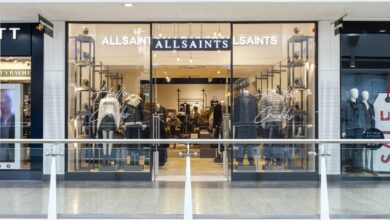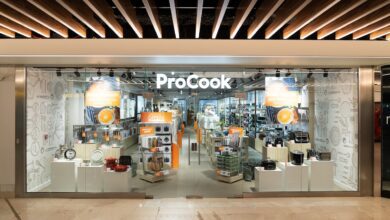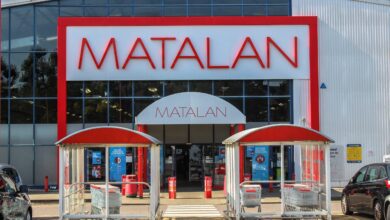Retail survival tactics that work

Register to get 1 more free article
Reveal the article below by registering for our email newsletter.
Want unlimited access? View Plans
Already have an account? Sign in
The so-called retail apocalypse has hit both long-standing high street giants and hardworking independent retailers, although some brands are proving their resilience.
Despite the fact that there were more store closures in 2017 than in any year since 2010 there is some good news amidst the gloom that could help stores of all sizes plan an effective survival strategy.
By taking a closer look at retailers that are doing well, it is possible to identify some key things that they have in common and how they are overcoming the threats posed by online shopping, economic influences on consumer spending and the hard-to-predict expectations of Millennials and ‘Generation Z’.
Who can we learn from?
Amazon is frequently touted as a shining example of a retailer that has launched a lifeboat to escape the storm and sailed safely away to dry land. One-click ordering and seamless distribution and delivery logistics have helped keep the world’s best known online retailer in the top spot. Back on the high street, John Lewis is another household name that is proving its resilience thanks in part to its strategy of clever sourcing to keep its ranges fresh and current.
It isn’t just the big guys who have lessons to share. Up and down the country there are some truly outstanding independent retailers that know their customers well and understand the importance of individuality and experience.
Survival lessons
At first glance, it might appear that the only retailers doing well are those investing heavily in logistics and online presence but there is far more to it than this. Thankfully there are
steps every retailer can take to turn things around quickly. One key finding of our own research into retail success has been that retailers who offer something different seem to do better than those selling things their customers can easily buy elsewhere. The learning point here is to source products specifically on newness, variety and uniqueness wherever possible.
Some stores choose to stock a good selection of British-made products, which are particularly attractive to shoppers who care about provenance and sustainability. Some are good at spotting upcoming trends or understand their customers well enough to know what products they will be most attracted to. Others buy from within a defined radius beyond their front door to reduce carbon footprint and appeal to buyers who want something locally made.
Some of the latest industry analysis has demonstrated that retailers who compete on difference don’t need to compete on price. Consumers seem to perceive value above price and will pay a premium for something they don’t feel they can find easily online or in a different store.
Another survival tactic that seems to work well is to focus on in store experience. This might be as simple as memorable customer service or it could be something more structured such as an events programme featuring highlights like tasting sessions and Meet the Maker days.
Some other survival tactics that are successfully being used right now by some of the biggest names in the industry – and some of the smallest – include learning and re-telling the story behind the brands, makers and designers being stocked and making it as easy as possible for customers to buy, whether that’s through extended opening hours, clear pricing or improvements to the checkout process.
Physical stores undoubtedly have a future in the UK and stores that offer things to do, as well as things to buy whilst seeing their customers as a resource to learn from and listen to, are well placed to thrive.
Matt Hopkins is founder of retail sourcing specialist The Great British Exchange which works with forward-thinking retailers and talented British producers to bring newness and variety to the British high street.







